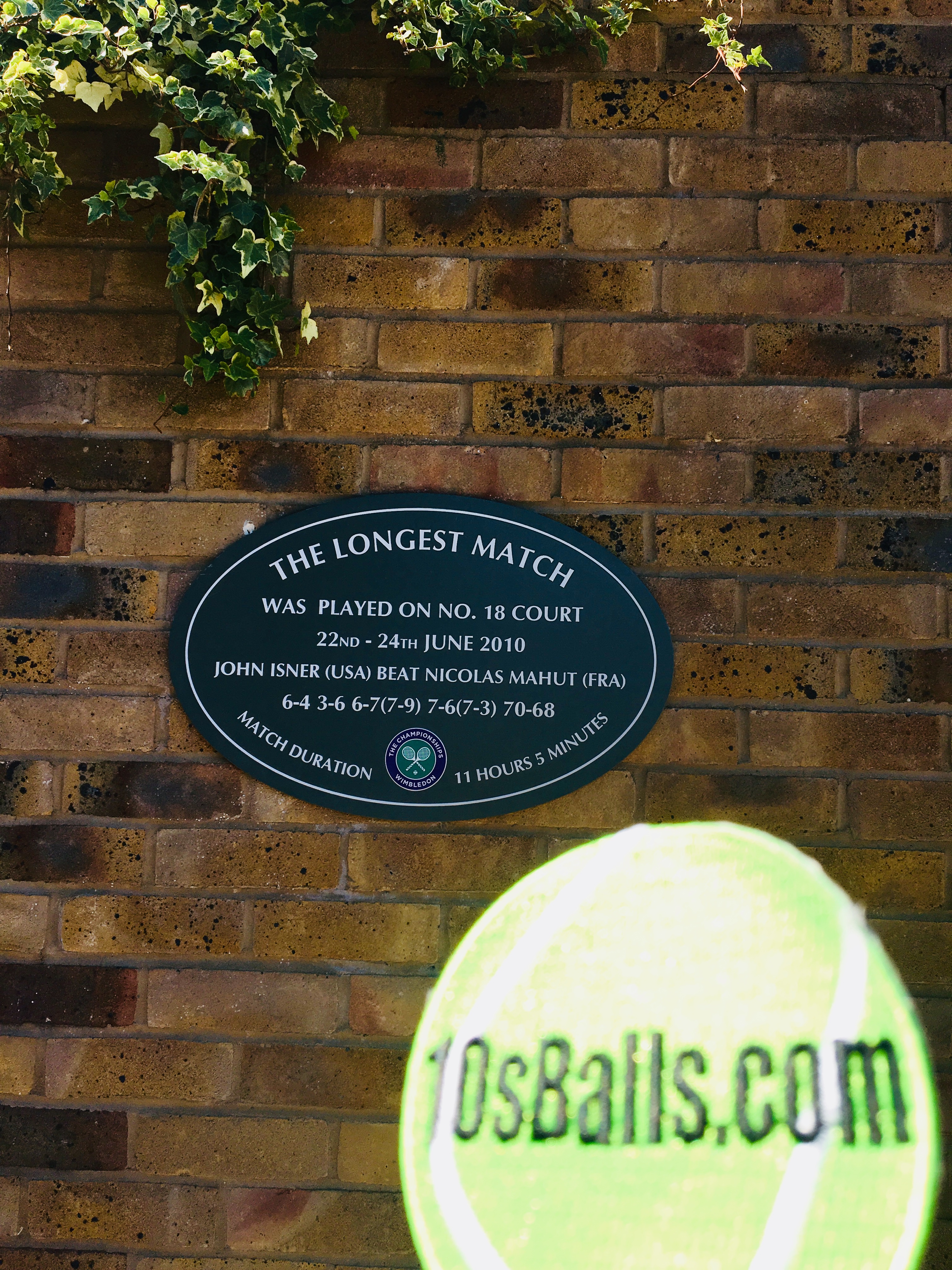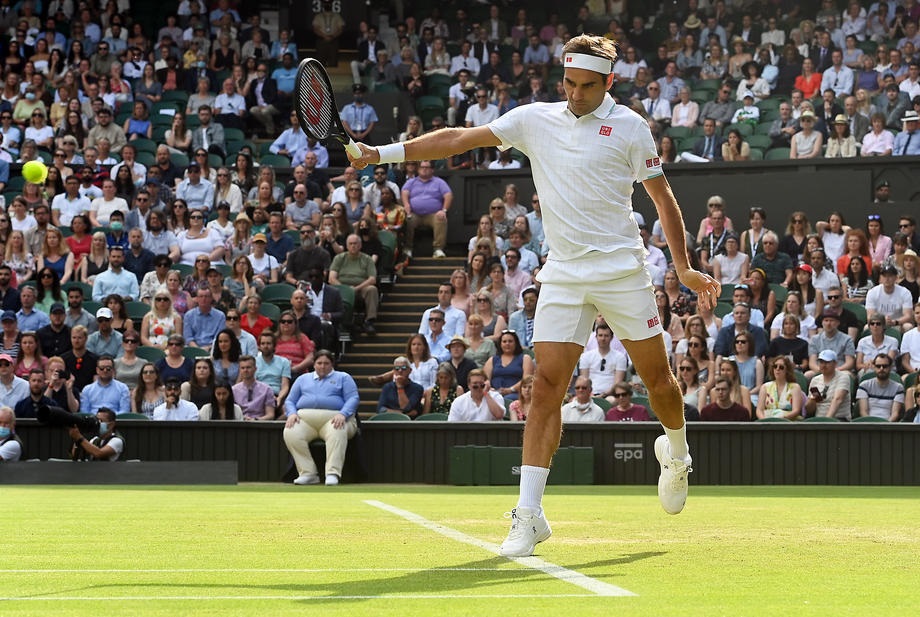- Mubadala Citi DC Open Men’s and Women’s Tennis Draws
- Paris Olympic Tennis Draws and Order Of Play for Saturday, July 27, 2024
- Kitzbuhel Generali Open Draws and Order of Play for Friday, July 26, 2024
- Paris Olympic Tennis Singles and Doubles Draws
- Croatia Open Umag Draws and Schedule for Friday, July 26, 2024
- Atlanta Open Draws and Order of Play for Thursday, July 25, 2024
- Croatia Open Umag Draws and Schedule for Thursday, July 25, 2024
- Laver Cup Tennis 2024 Is in Berlin September 20-22 • Almost all the top men’s players will be playing
- Coco Gauff Named Team USA Flag Bearer for Olympic Games
- Kitzbuhel Generali Open Draws and Order of Play for Wednesday, July 24, 2024
- Croatia Open Umag Draws and Schedule for Wednesday, July 24, 2024
- Atlanta Open Draws and Order of Play for Tuesday, July 23, 2024
- Fils upsets Zverev for Hamburg title, Borges beats Nadal in Bastad
- Kitzbuhel Generali Open Draws and Order of Play for Tuesday, July 23, 2024
- Croatia Open Umag Draws and Schedule for Tuesday, July 23, 2024
Tennis News • “The John Isner Rule” • Wimbledon Institutes Last-Set Tiebreaker
- Updated: October 19, 2018

Photo by 10sBalls
By Ricky Dimon
“The John Isner Rule” has finally arrived–at least at Wimbledon.
Starting in 2019, Wimbledon will become the second of the four majors to feature a tiebreaker in the fifth set. While the U.S. Open plays it at the traditional 6-6 score, the All-England Club will let fifth sets play out until 12-12 before a tiebreaker will bring an end to the proceedings.
The Australian Open and French Open, for the time being, still play out a full fifth set.
“Our view was that the time had come to introduce a tiebreak for matches that had not reached their natural conclusion at a reasonable point during the deciding set,” All-England Lawn and Tennis Center chairman Philip Brook stated. “While we know the instances of matches extending deep into the final set are rare, we feel that a tiebreak at 12-12 strikes an equitable balance between allowing players ample opportunity to complete the match to advantage, while also providing certainty that the match will reach a conclusion in an acceptable time frame.”

John Isner (L) of the USA poses with Nicolas Mahut (R) of France next to the scoring board after winning his first round match for the Wimbledon Championships at the All England Lawn Tennis Club, in London, Britain, 24 June 2010. EPA/ALISTAIR GRANT / POOL
Isner and Kevin Anderson waged a semifinal battle that ended with Anderson prevailing 26-24 in the fifth this summer. The six-hour and 35-minute extravaganza reignited a debate that began in earnest back in 2010–also involving Isner. That’s when he famously outlasted Nicolas Mahut in a 6-4, 3-6, 6-7(7), 7-6(3), 70-68 marathon that lasted 11 hours and five minutes over three days.
“I’m a proponent of changing that rule, for sure,” Isner said following his loss to Anderson. “I think it needs to be done.”
“It’s way beyond a normal tennis match or tactics,” Anderson concurred. “I’s just who’s going to outlast each other. It’s pretty tough in the format that we have right now, especially at slams. I mean, it’s not easy in that setting at the end.”
During that same post-match press conference, the 6’8” South African suggested the tiebreaker at 12-12 option.
When told of Anderson’s suggestion, Isner called it “a sensible idea.”






